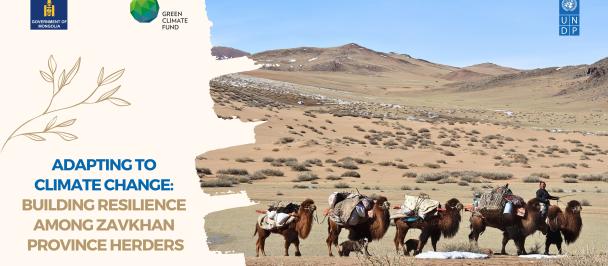Reviving natural springs one at a time in Mongolia
March 10, 2024
Natural springs are the lifeblood of Mongolia’s nomadic herders and the livestock, serving as vital sources that sustain crucial ecosystems.
One of the consequences of climate change and drought is the drying up of surface water, leading to insufficient water resources. Protecting natural springs in an environmentally friendly way is an adaptation measure aimed at restoring ecosystems. In order to provide the restoration of degraded natural springs, adaptation measures involving fencing and protecting natural springs in four target provinces are crucial and much needed.
The ADAPT project, funded by the Green Climate Fund and implemented by the Government of Mongolia with the support of UNDP, has successfully protected the sources of 32 natural springs at 4 targeted provinces during 2022 – 2023, to enhance access to drinking water for both people and livestock.
One of these natural springs is the Huuvur Spring of Dariganga soum – a sub-provincial administrative unit, of Sukhbaatar province. The flow of this spring, serving as a main water source for the local herders and nearby animals, was previously compromised as animals polluted and depleted the water source. To revive the spring, the project undertook the initiative to fence and protect the spring's source in 2022, producing impressive results within just a year.
Today, the Huuvur natural spring exhibits a robust flow just like the “ocean” according to the locals, supplying the drinking water of local herders and over 30 thousand livestock and animals. Since the protection measure, water quality and accessibility of the spring increased, positively impacting both the local community and their livestock.
“Restoring natural springs through the ADAPT project is aligned with Green Climate Fund’s commitment to environmental stewardship and climate resilience. This also exemplifies how targeted, sustainable interventions can yield profound and concrete impacts, ensuring that vital resources like water are preserved for not only the current but also future generations" says Ms. Choikhand Janchivlamdan, National Focal Point of Green Climate Fund for Mongolia.
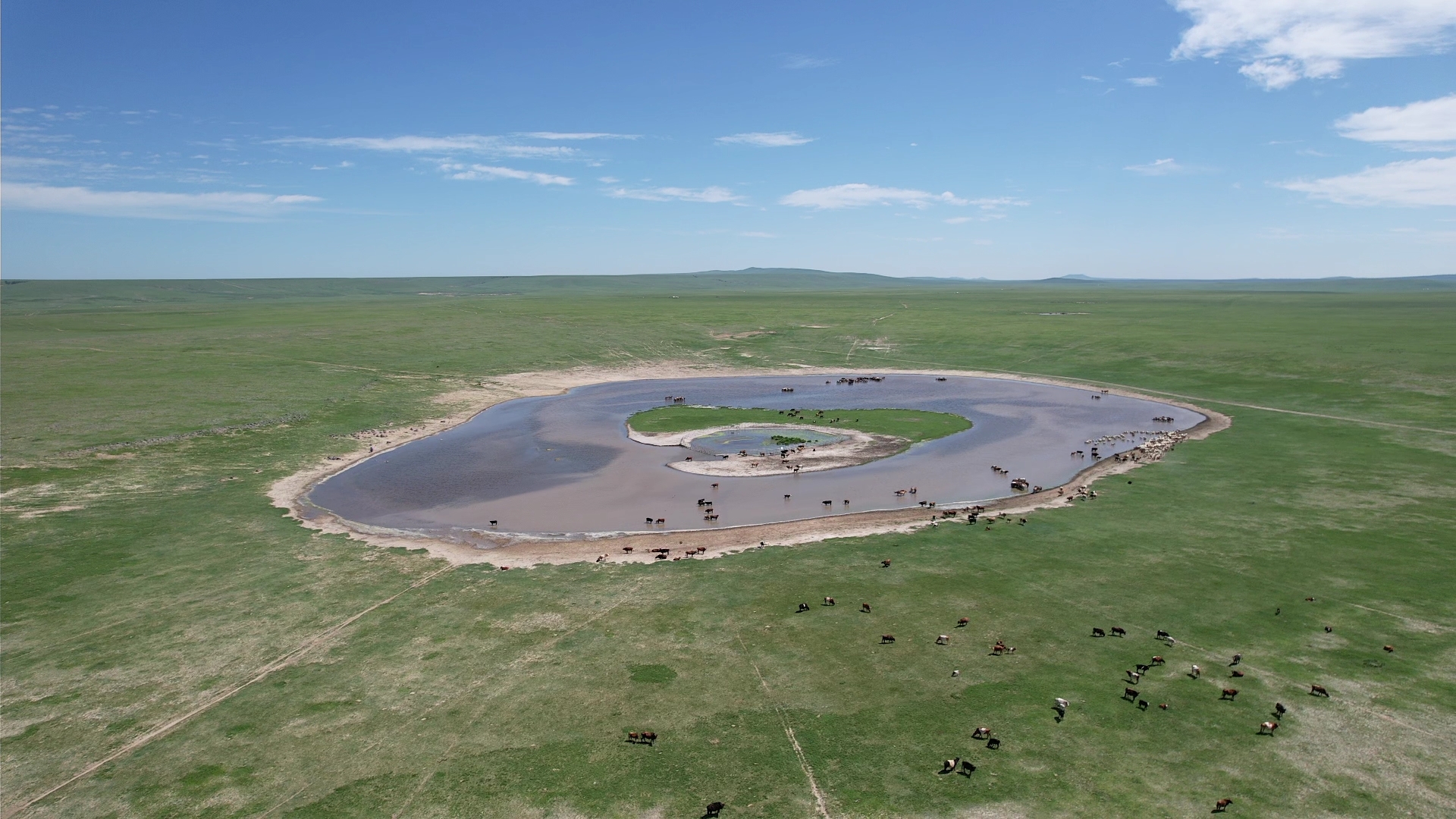
Protected Huuvur natural spring under ADAPT project, 2023
We have had a chance to hear from the Gantogoo and Saruul, herder couple who are benefiting from the project’s intervention in Huuvur spring.
A brief interview with Gantogoo. U and Saruul. P, herders from Dariganga soum, Sukhbaatar aimag.
Gantogoo. U: I was born and raised in Dariganga soum of Sukhbaatar province. After completing the secondary school and military service, I got married in 2007. Since then, I have been living near the Huuvur natural spring in Dariganga soum.
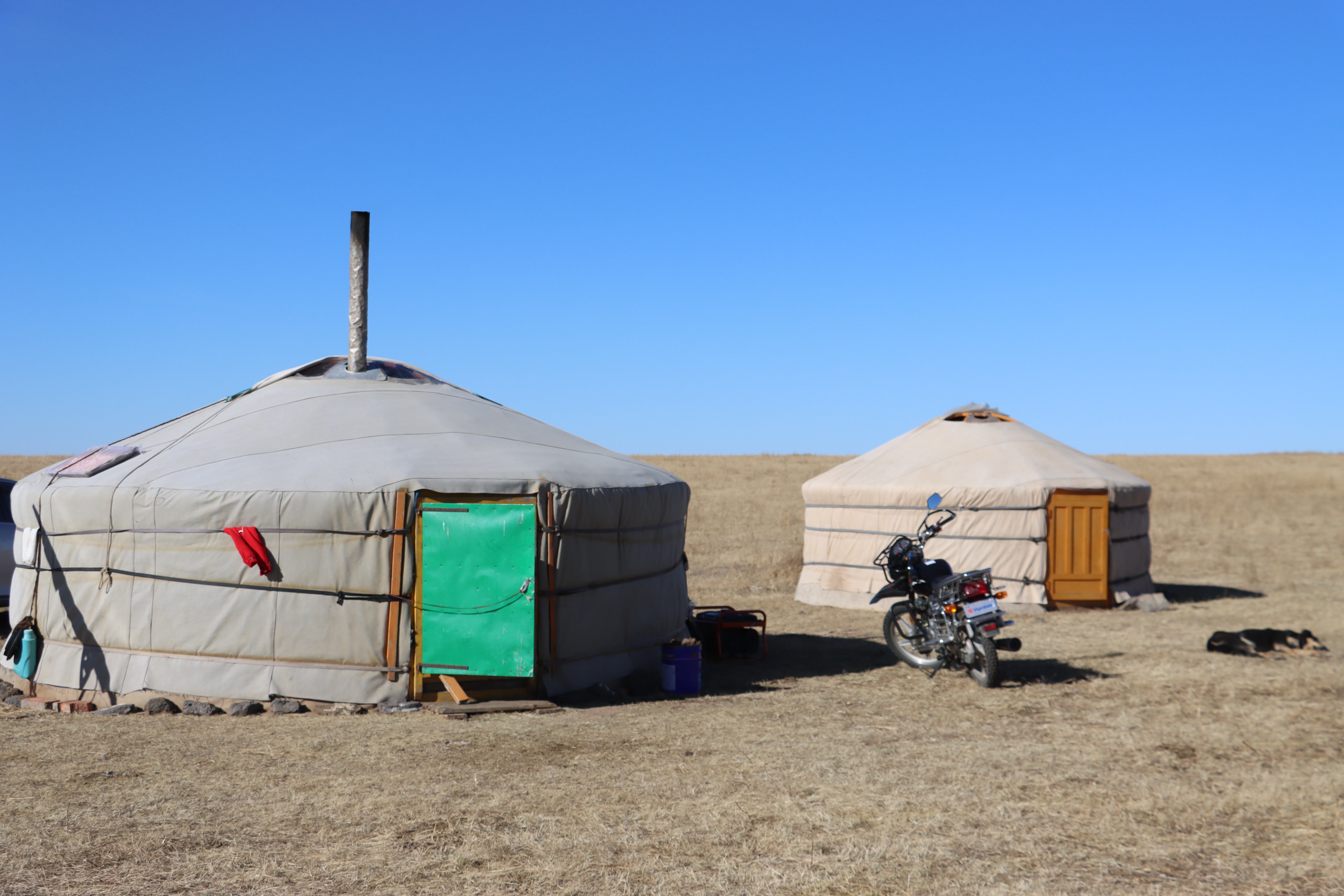
A home of Gantogoo. U and Saruul. P, herder couple from Dariganga soum, Sukhbaatar aimag
When I initially began raising animals, the pasture capacity was enough for all the livestock in the area. However, over time, it has deteriorated, primarily due to the herder families living near each other, and the number of animals has significantly increased. The increase in the number of animals has led to a decline on both water resources and pasture capacity.
Saruul. P: When we first settled near the natural spring, it flowed abundantly. However, around three to four years ago, we noticed a decline in its water levels due to the increased number of animals of the twenty or thirty families near it. In 2022, the situation began to change for the better with the implementation of adaptation measures under the ADAPT project. They fenced off the area and protected the spring itself. Since then, we have observed significant improvements.
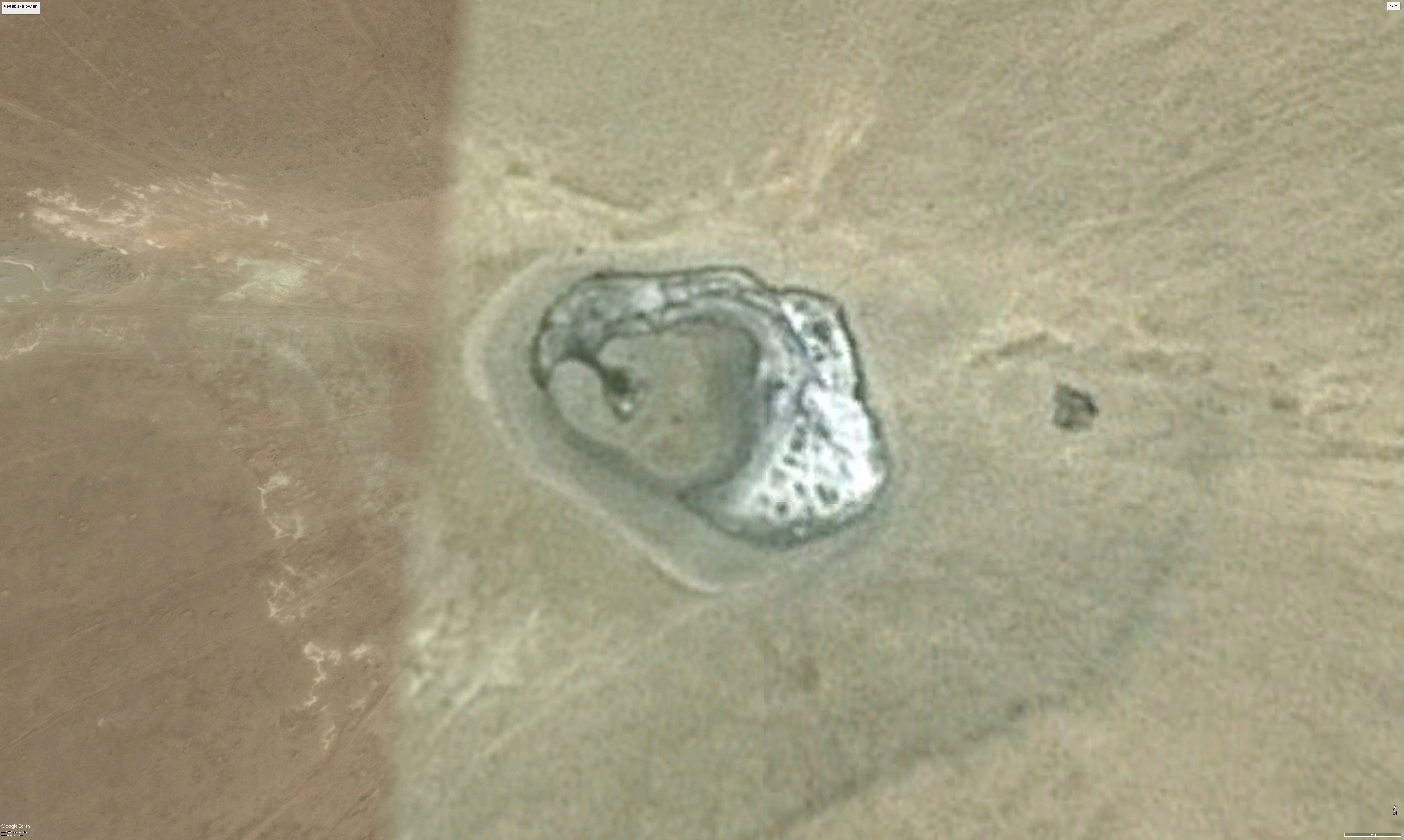
The Huuvur natural spring, 2015, Dariganga soum, Sukhbaatar aimag
Previously, herders had to rush at midnight to water their animals since there was no water available during the day. The area around the spring would become crowded, and the water get muddy after the animals were watered. Some herders, unable to sufficiently water their animals at night, were forced to return their livestock home thirsty. These were difficult situations. Now, with the spring protected, animals instinctively go to the spring for water without the need for herders to direct them. This summer, the water flow has been consistently strong, providing enough water for the animals and families.
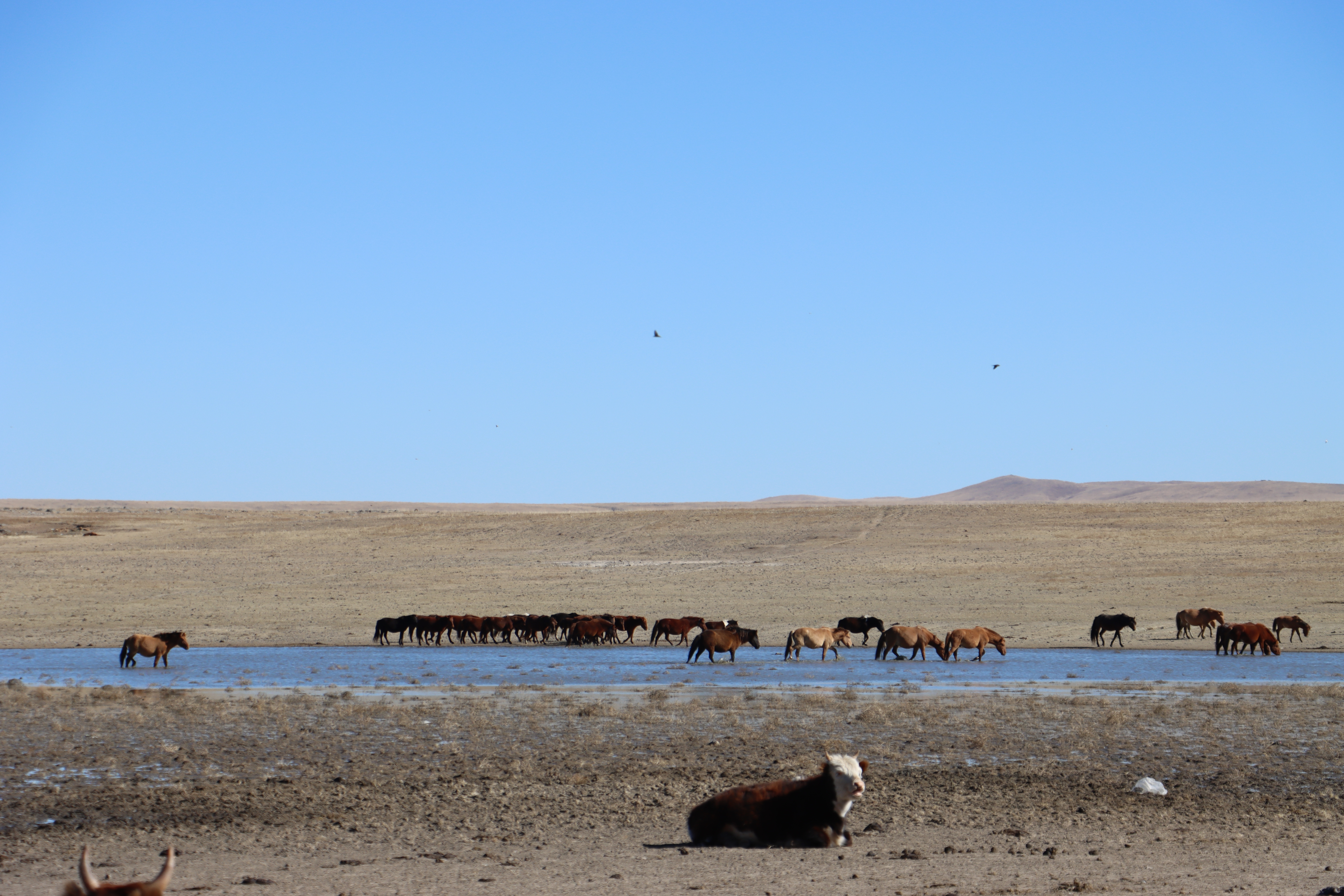
The Huuvur natural spring, where the water gets muddy after the animals are watered.
In the past, insufficient water forced us to relocate up to 4-5 times each summer in search of water. This was challenging; areas that had received rainfall would soon dry up due to evaporation. Also, in areas with an adequate water supply, grass and pasture were often not good. Finding a balance between water and grass availability was a constant struggle. Upon our arrival near the natural spring, its water flowed as abundantly as it does this year. Now, local herders liken the current water availability from our natural spring to an ocean, marking a return to the abundance we initially encountered.
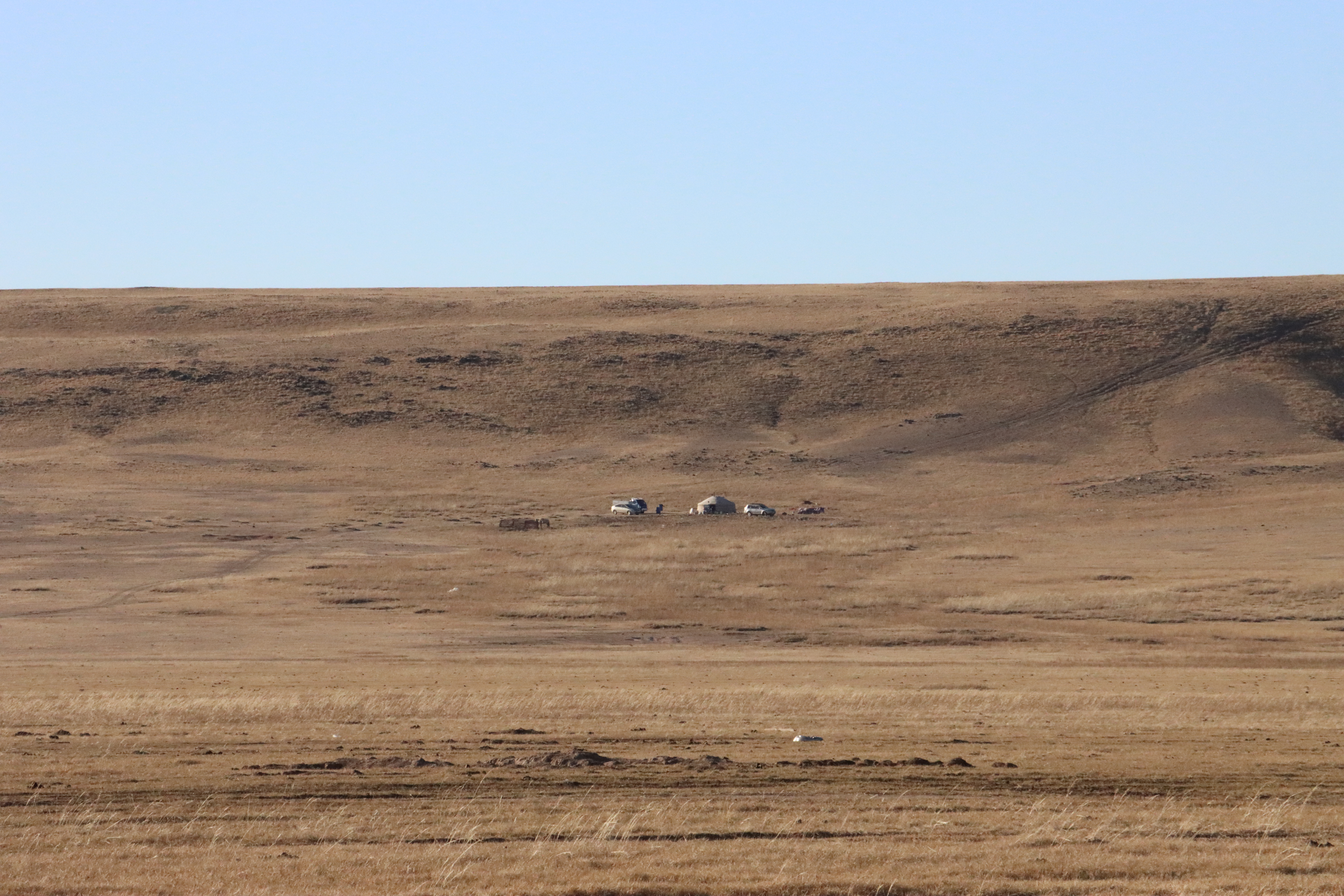
The herder`s home in autumn camping, Dariganga soum, Sukhbaatar aimag.

 Locations
Locations